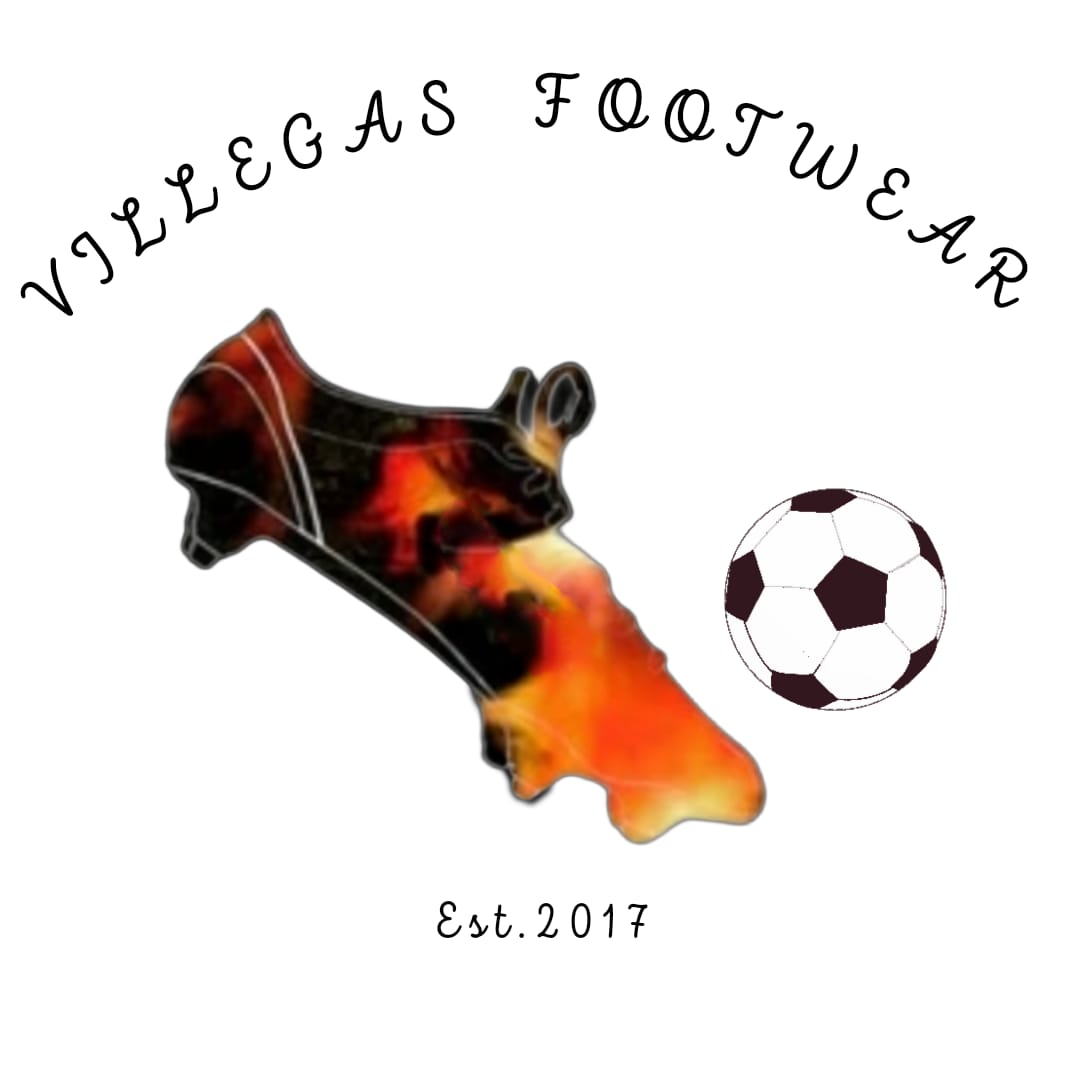KNOW YOUR CLEATS
Learn all about your cleats
You found the right cleats. That one pair you always wanted and you want it to last a long time. While some of you will opt to save your boots as a memorabilia, others will choose to play your favorite boots out in the field. We want to help you make the best of your new boots. That is why we put together this informative page so that you know all about your cleats and where to use them to make the best use of them and so that they last longer.
When were they built?
The date when the cleat was manufactured is located on the inside of the tag. The right and left shoe are not always manufactured at the same time. Therefore, the dates might differ. Opting to play in boots that are older may cause the boot to deteriorate a lot sooner, due to the cleats age, material & how/where the boots were stored for all of these years.
There are five types of soccer cleats:
- Firm Ground Cleats (FG)
- Hard Ground Cleats (HG)
- Soft Ground Cleats (SG)
- Multi-Ground Cleats (MG)
- Artificial Ground Cleats (AG)
Firm Ground Boots are designed for use on Natural Grass only. Firm Ground cleats have a series of non-removable studs that are either bladed or conical in shape. Firm Ground cleats should never be used on Turf because the hard TPU sole plate and longer studs can cause injury to your feet. Furthermore, FG boots do not have the extended lip that AG boots have to prevent seperation from hard surfaces such as turf and artificial grass.
Hard Ground (surface) have short studs. They provide you with enough amount of traction, but at this same time they don't apply too much pressure on your feet causing discomfort when your cleats are unable to dig into hard ground.
Soft Ground Soccer Cleats. Soft ground playing surface is a natural grass pitch that has a cushioned, wet base, in which soccer cleats will penetrate a lot more than in firm ground. Soft ground fields are usually where professional soccer players play at.
Multi Ground. Designed with several features to give you maximum grip and enhanced acceleration. Multi stud configurations work best on multiple artificial surfaces like artificial grass, but also perform well on dry, short-grass fields and hard ground.
Artificial ground have been recently developed and present added studs to make easier for the sole to grip onto artificial grounds allowing to spin without the sole being stuck to the surfacce, so your knees don’t suffer during these movements. The higher amount of studs also diminishes the erosion over synthetic grass, much more abrasive than the natural. The soleplate is made from stronger plastic materials & is thicker to avoid the extra pressure from the hard artificial pitch. The boots also have an extended lip around the front, which prevent sole seperation.
Durability Keep in mind that AG surfaces are going to be harder on your boots than natural grass. If you usually play on AG, your boots are most likely not going to last as long.
Play responsibly, using your boots on the wrong surface can cause injury as each boot is specifically designed for each surface. Meaning that that the studs, the material used and the extra lining is different for each. Cleats are designed to perform their best on their designated surface i.e. FG, SG, AG etc.
